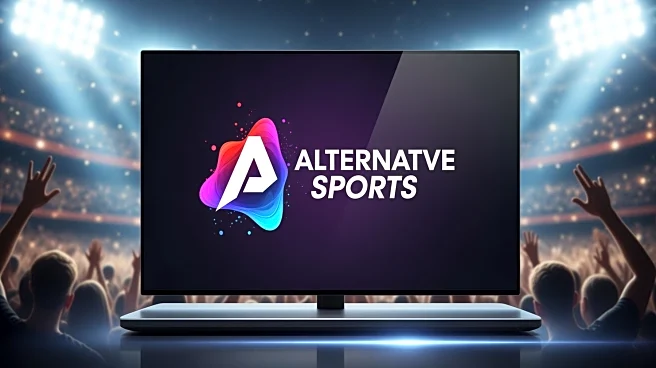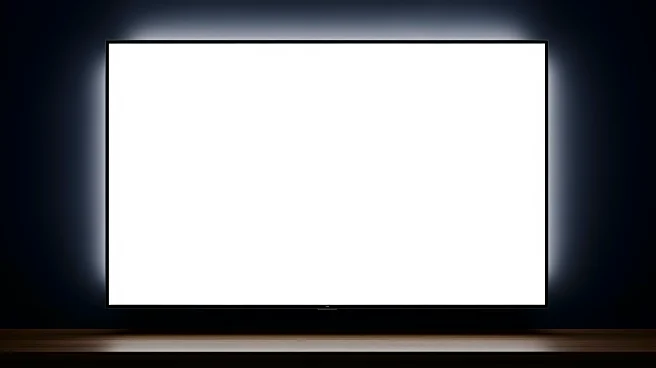What's Happening?
The ongoing dispute between YouTube TV and Disney has entered its second week, leaving millions of subscribers without access to ESPN channels. The disagreement centers around the price per subscriber that
YouTube TV will pay Disney for its content. YouTube TV, with approximately 10 million subscribers, seeks a deal similar to those of cable providers like Spectrum and Comcast, which have around 12 million subscribers each. Disney, however, is resistant to offering such terms and insists on including all its channels, both sports and non-sports, in the agreement. YouTube TV is concerned about passing additional costs to consumers for less popular channels like Freeform. The stalemate is costing Disney an estimated $5 million per day, and ESPN's ratings have suffered as a result. Despite ongoing negotiations, the parties remain far apart, according to reports.
Why It's Important?
This dispute has significant implications for the streaming industry and consumer access to sports content. With ESPN channels unavailable on YouTube TV, sports fans are missing out on major events, including college football games and Monday Night Football. The situation highlights the challenges of negotiating content deals in the streaming era, where companies must balance cost, consumer demand, and competitive positioning. Disney's financial losses and ESPN's declining ratings underscore the economic impact of such disputes. Subscribers are forced to seek alternative streaming options, potentially affecting YouTube TV's subscriber base and market share. The resolution of this dispute could set precedents for future negotiations between streaming services and content providers.
What's Next?
As negotiations continue, subscribers are exploring alternative streaming services to access ESPN content. Disney has launched ESPN Unlimited, offering comprehensive ESPN coverage without a separate cable or streaming plan, albeit at a higher cost. Other options include Hulu + Live TV, Fubo TV, and DirecTV Stream, which provide access to ESPN channels. The outcome of this dispute could influence future content agreements and pricing strategies in the streaming industry. Stakeholders, including sports fans, streaming services, and content providers, are closely monitoring developments, hoping for a resolution that restores access to ESPN channels on YouTube TV.
Beyond the Headlines
The dispute raises broader questions about the sustainability of current streaming models and the balance between content costs and consumer pricing. As streaming services compete for subscribers, the ability to offer popular channels like ESPN becomes crucial. The situation also highlights the power dynamics between major content providers like Disney and streaming platforms like YouTube TV. The resolution could impact how content is bundled and priced, potentially leading to shifts in consumer behavior and industry standards.











